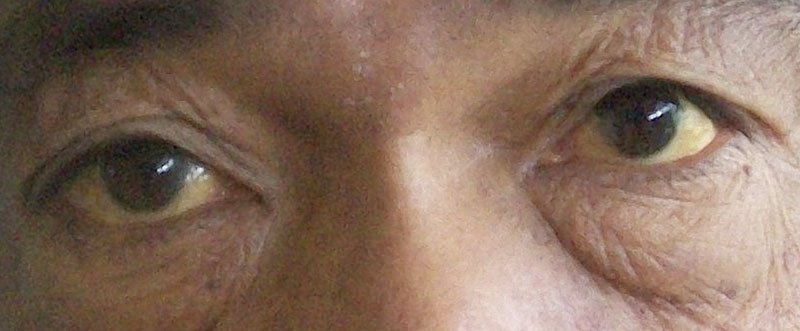When your doctor evaluates your eyes for refractive surgery, an important factor to consider is your corneal thickness. Most doctors will take into account your age, degree of refractive error and the presence of a disease called keratoconus in your eye. He or she will then calculate the corneal thickness that remains after performing LASIK on your eyes to determine the eligibility.
Although a corneal thickness of 485 µm may be normal, which was earlier thought to be a cut off for LASIK, you will be considered suitable for LASIK only in the absence of forme fruste keratoconus, skew deviation, or keratometric readings greater than 47.00 D. These are determined by advanced studies of the shape of your cornea, called corneal topography. In this case, you will not be a suitable candidate for the surgery.
Studies have found no increased risk for patients with a corneal thickness of 485 µm who had LASIK or Sub Bowman Keratomilieusis, SBK. Surface ablation is often talked of as a treatment option, in thin corneas, since it does not require a corneal flap, or raises a flap which includes only the epithelium and not the stroma, and is consequently thinner. It means that a residual corneal bed may be thicker than after a conventional LASIK, but many experts believe that the cornea is just as strong after SBK as it is after surface ablation.
To understand the difference, one must know what happens during LASIK and Surface Ablations. Both the procedures correct the refractive power of the eye by modulating the shape of the cornea responsible for focusing light on the retina, its light-sensitive portion.
Differences between LASIK and Surface Ablations
LASIK
During LASIK, a thin flap of cornea is raised, using either a mechanical keratome (conventional LASIK) or using the laser itself (bladeless or blade free or all laser LASIK). This flap is constituted by the epithelium of the cornea, and part of the stroma. After this, the laser, which is controlled by a powerful computerized algorithm, shapes the surface of the cornea by ablating its stroma (component tissue) so that the refractive power of the eye is corrected, and one doesn’t need glasses for perfect vision.
Surface Ablation
During Photorefractive Keratotomy, PRK, the surgeon will remove the topmost layer of the cornea, called the epithelium, using alcohol solution, to expose the stroma. The ophthalmologist then reshapes your cornea using a laser to ensure spectacle-free vision. There is no flap raised, and only the epithelium is removed, which grows back over three to four days. After the procedure, the surgeon inserts a bandage contact lens to protect the cornea till the epithelial layer grows back. The thick contact lens also helps decrease the discomfort during this time, which has been variably described from being mild to moderate, along with the sensation of having “something,” or a foreign body, in the eye.
Advanced Surface Ablations, ASA
ASA collectively refers to a group of surgeries including LASEK (in which a trephine removes the epithelial flap, which is replaced at the end of surgery), Epi LASEK (which uses a special microkeratome, the Epi-keratome to remove the epithelial flap, which is replaced at the end of surgery) and Supra LASIK or touch-less LASIK (which is surface laser procedure that uses a technologically advanced excimer laser to remove the surface cells before performing the reshape of the cornea).
The disadvantages of the surface ablations, including Supra LASIK, are:
- Discomfort for the first two or three days following treatment, till the epithelium grows back.
- Vision recovery takes longer as compared to LASIK.
- Small risk of corneal haze since the epithelium is removed during the procedure.
The obvious advantage of ASAs is that they are useful for patients who have had corneal surgery before, including corneal grafts. However, the potential advantage that they are deemed to offer to people with thinner corneas is now being challenged by experts around the world.
As LASIK technology becomes more advanced and customized to the needs of the individual cornea, surgeons prefer to offer one of the newer variants of LASIK, even to patients with thinner corneas.
Recommended: New Procedures for People with Thin Corneas
Wavefront-Guided LASIK
This technology uses computerized imaging technology to create a very detailed three-dimensional “map” of the patient’s cornea to program the excimer laser for reshaping the cornea. Wavefront technology can measure very small abnormalities in the surface of the cornea, taking 200 measurements, to achieve more effective and safer vision correction than conventional LASIK.
Contoura Vision Topography Guided LASIK
This technology is the latest FDA approved LASIK eye surgery available in the U.S, and other parts of the world. It corrects the vision based on the eye’s unique shape, while other technologies (including LASIK) base the on the current glasses or contact lens prescription. It measures 22,000 points as against the currently available wavefront-guided LASIK that measures around 200 points on the cornea. It implies that the smallest imperfections of shape, optics, and curvature, even in the periphery can be accounted for, resulting in the correction of refractive errors with a precision not achieved till now.
Contoura Vision Topography Guided LASIK technology enables the computer to create an individualized treatment algorithm that controls the extremely precise laser machine.
Because of this precision and accuracy, Contoura Vision Topography Guided LASIK offers the following distinct advantages:
- Easier night driving, with decreased incidence of haloes and starburst
- Lessened light sensitivity and glare
- Better reading speed and clarity
- Better quality of vision than glasses or contact lenses
- Lesser higher order aberrations, and greater visual comfort
Because the creation of the flap is so precisely controlled in the newer versions of LASIK, the chances of corneal complications, even in thin corneas are significantly reduced. There is sufficient evidence to say that this provides the patient a better quality of vision and quality of life, along with better post-operative comfort.






